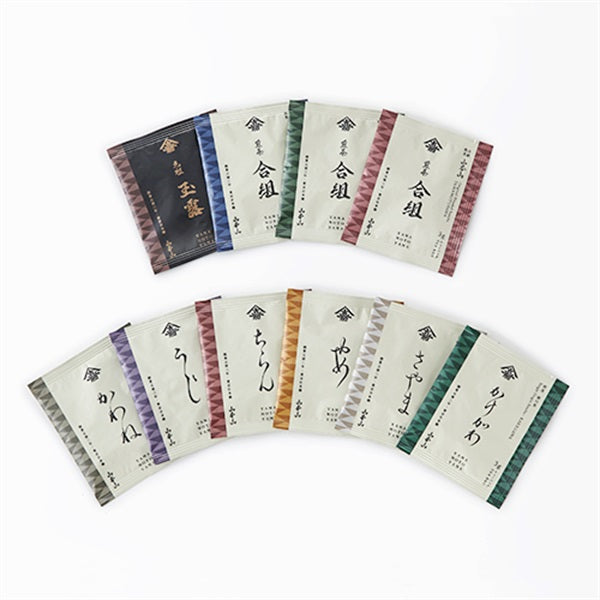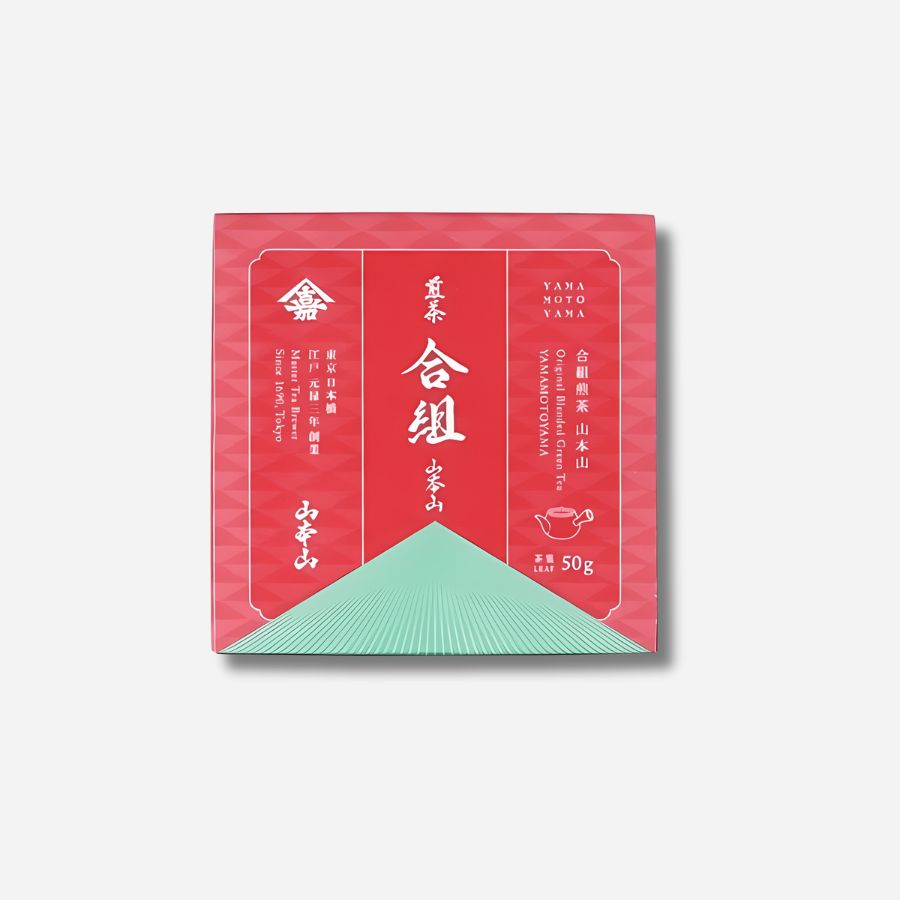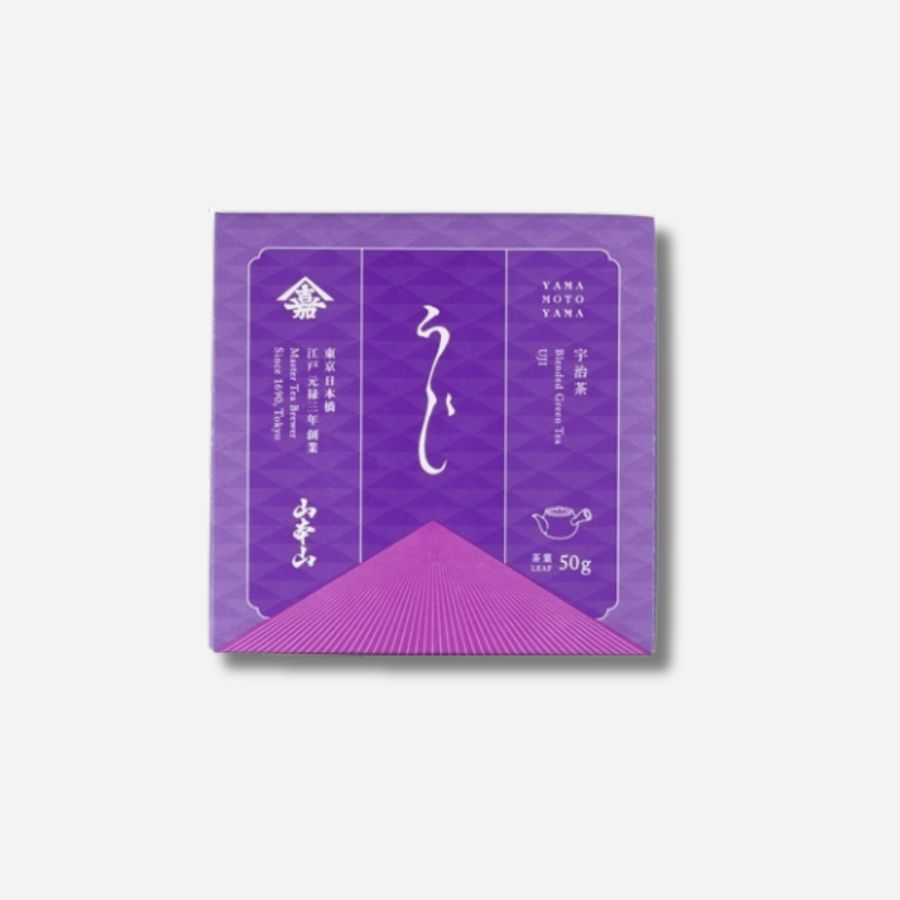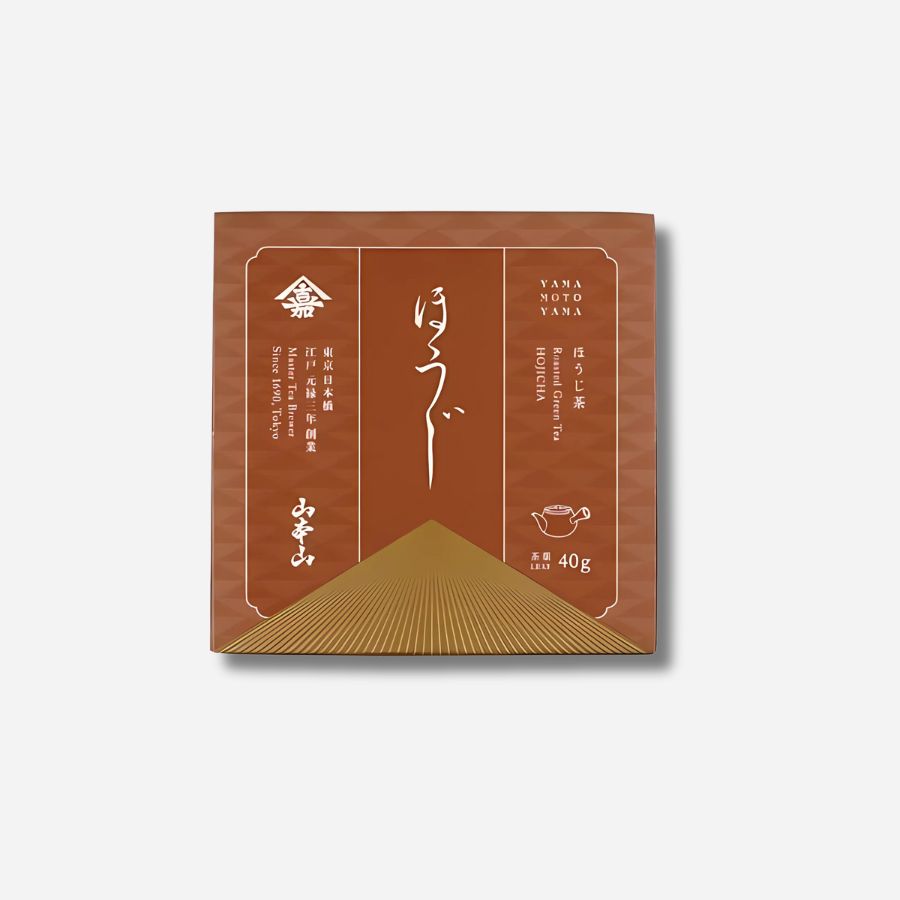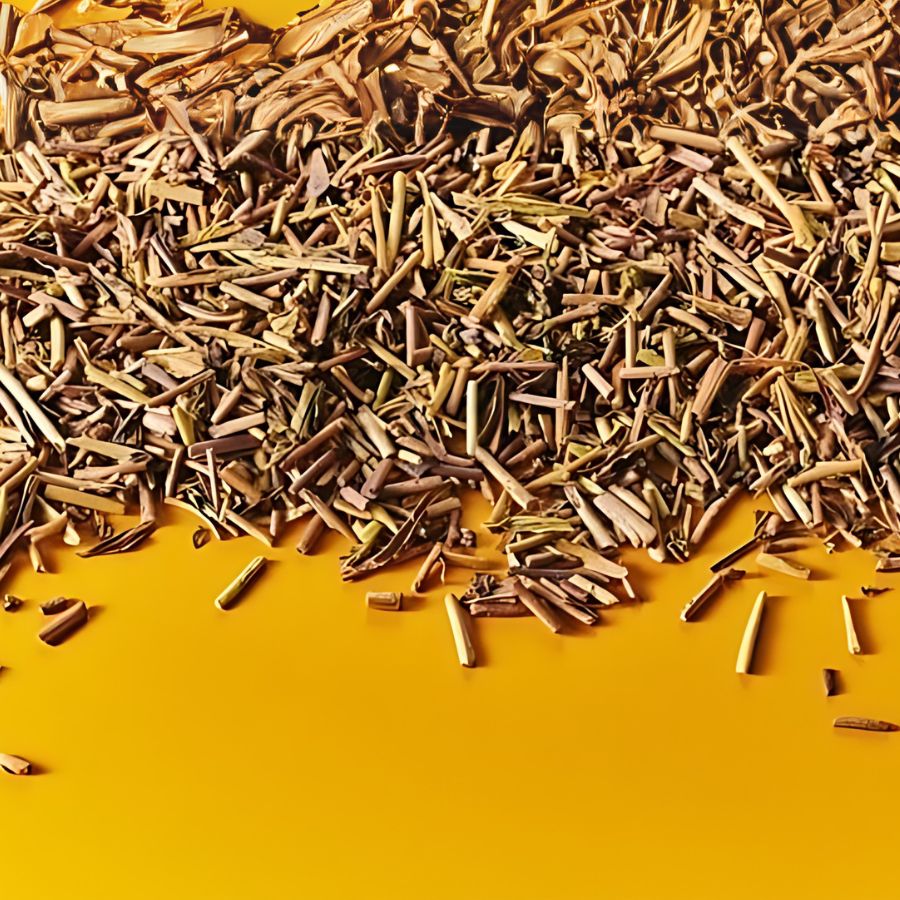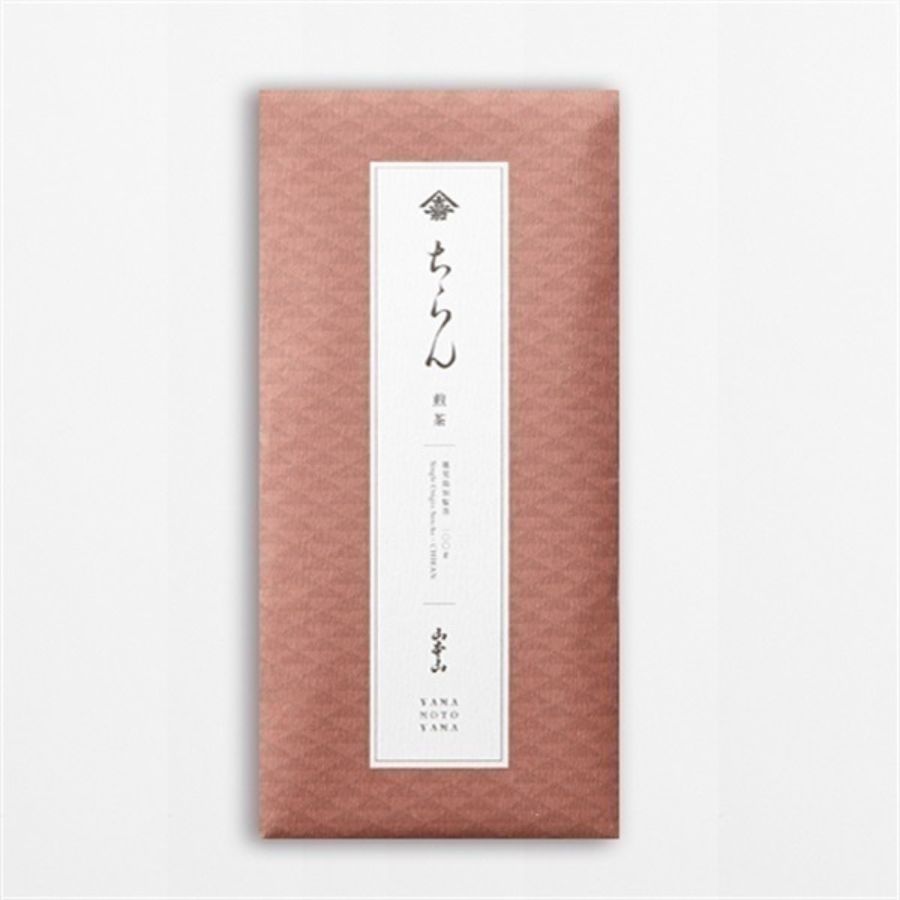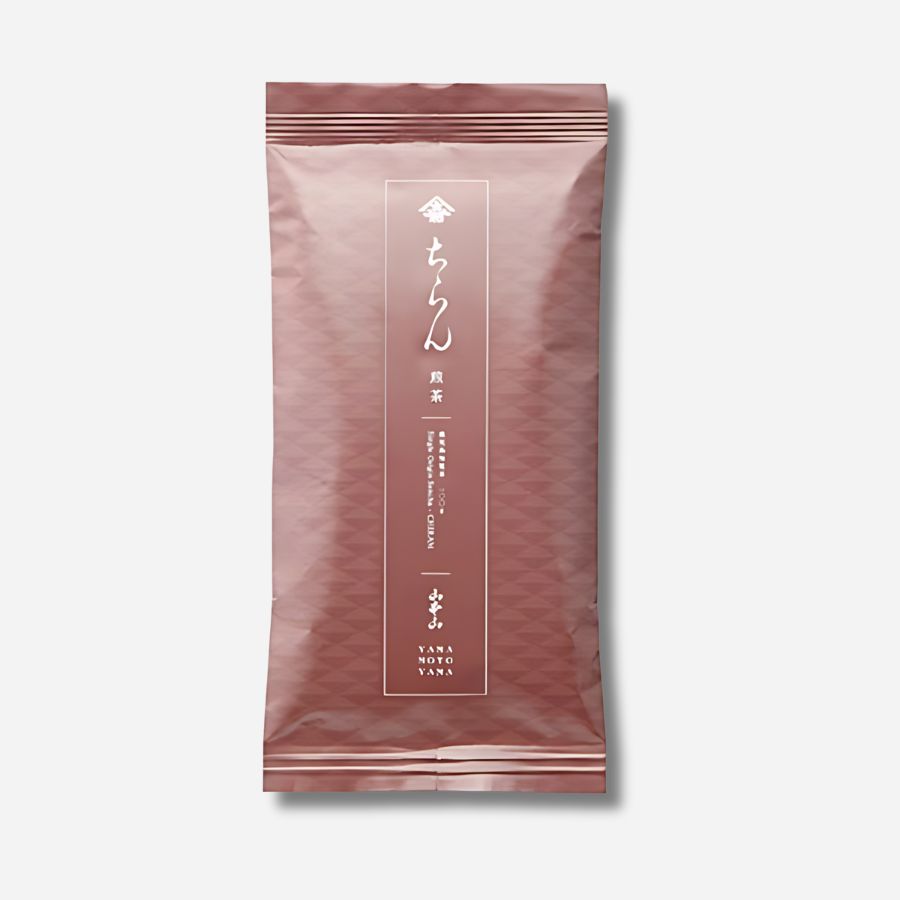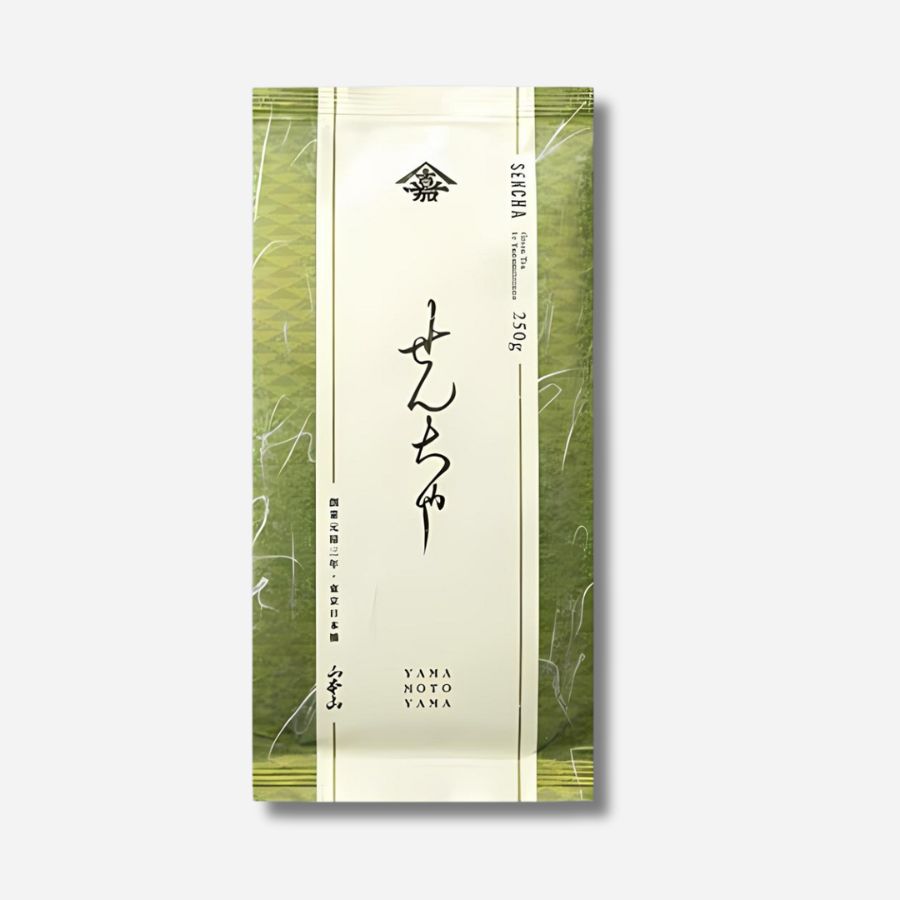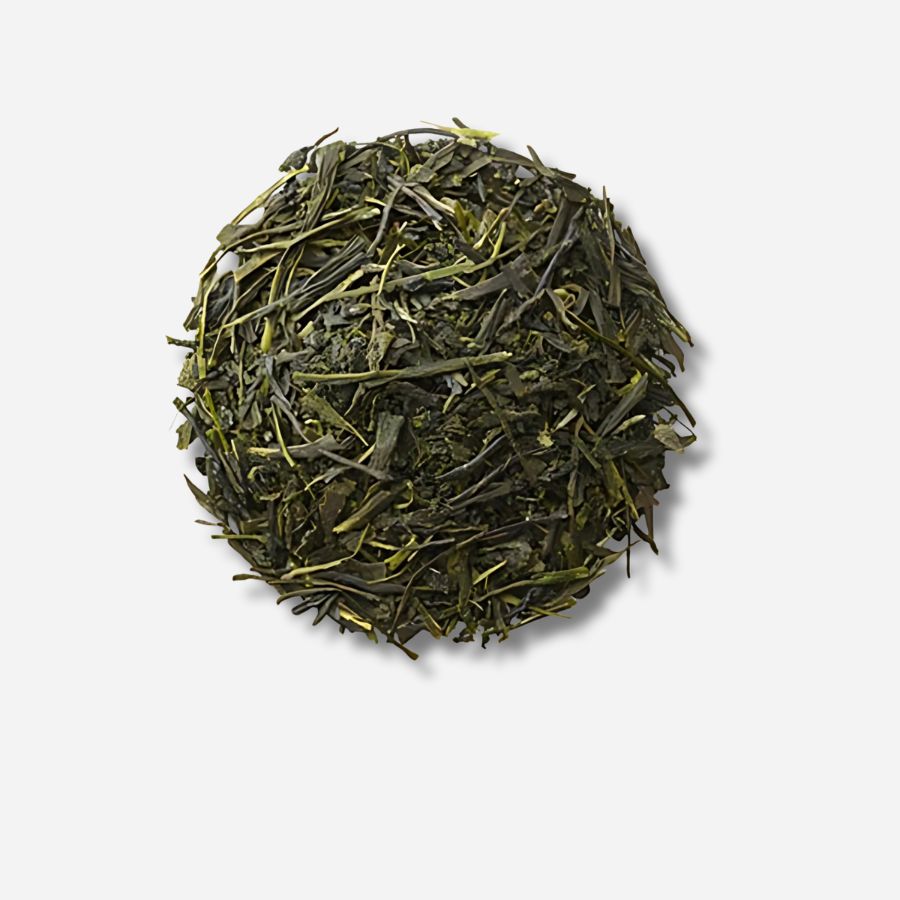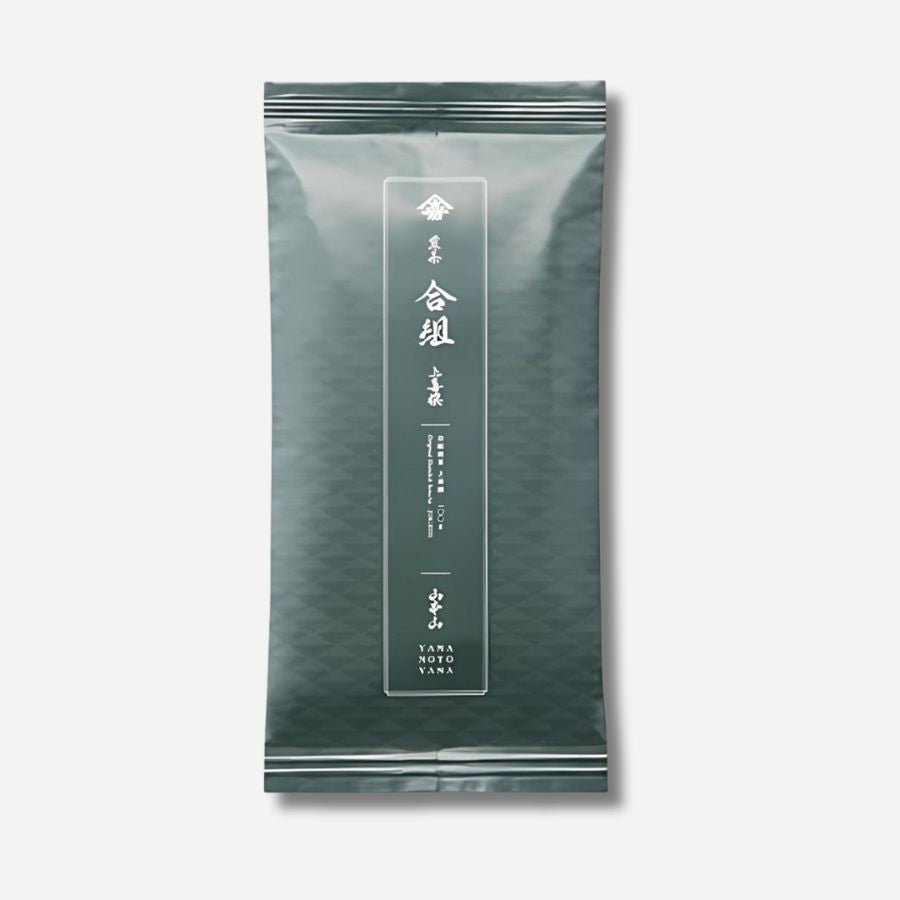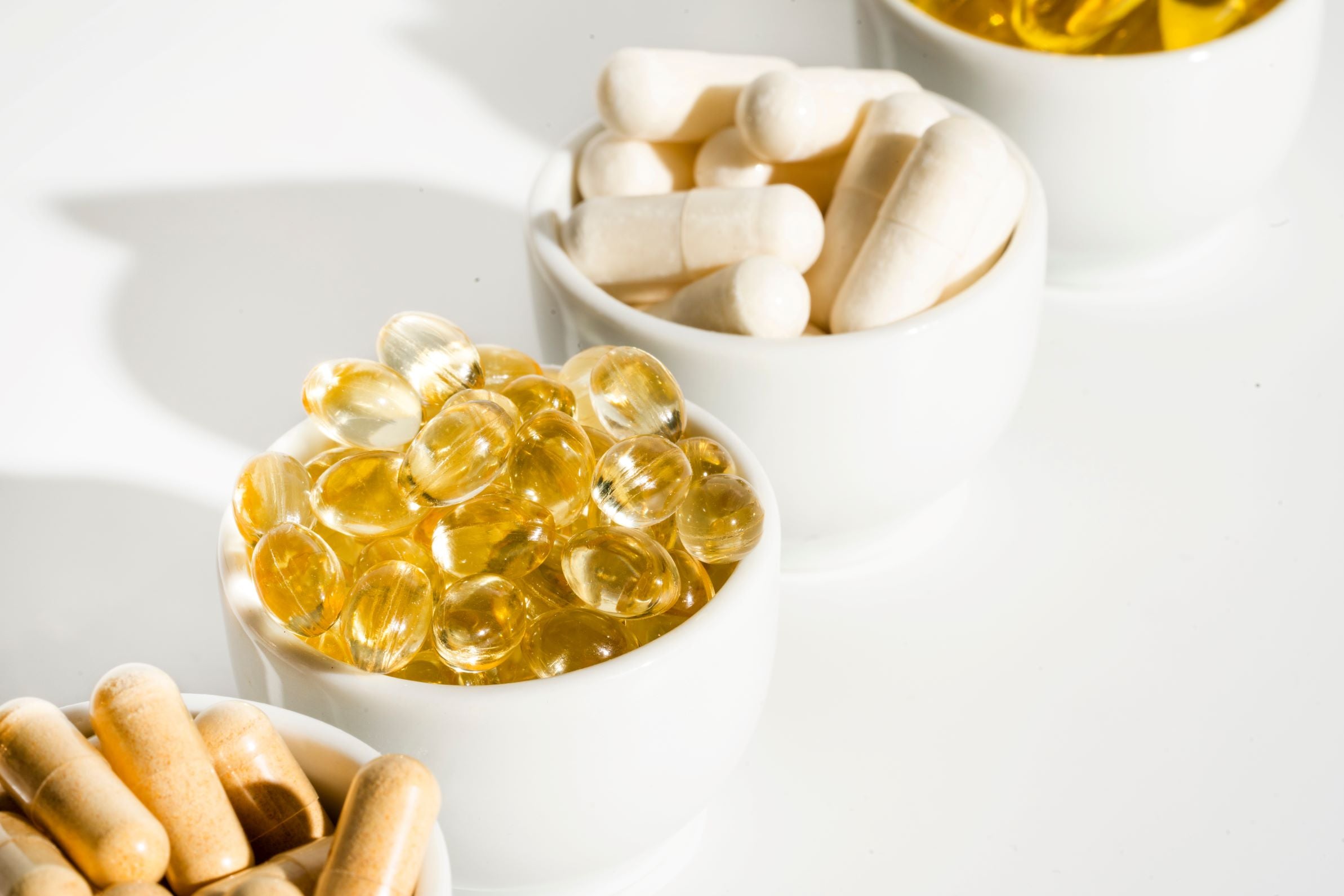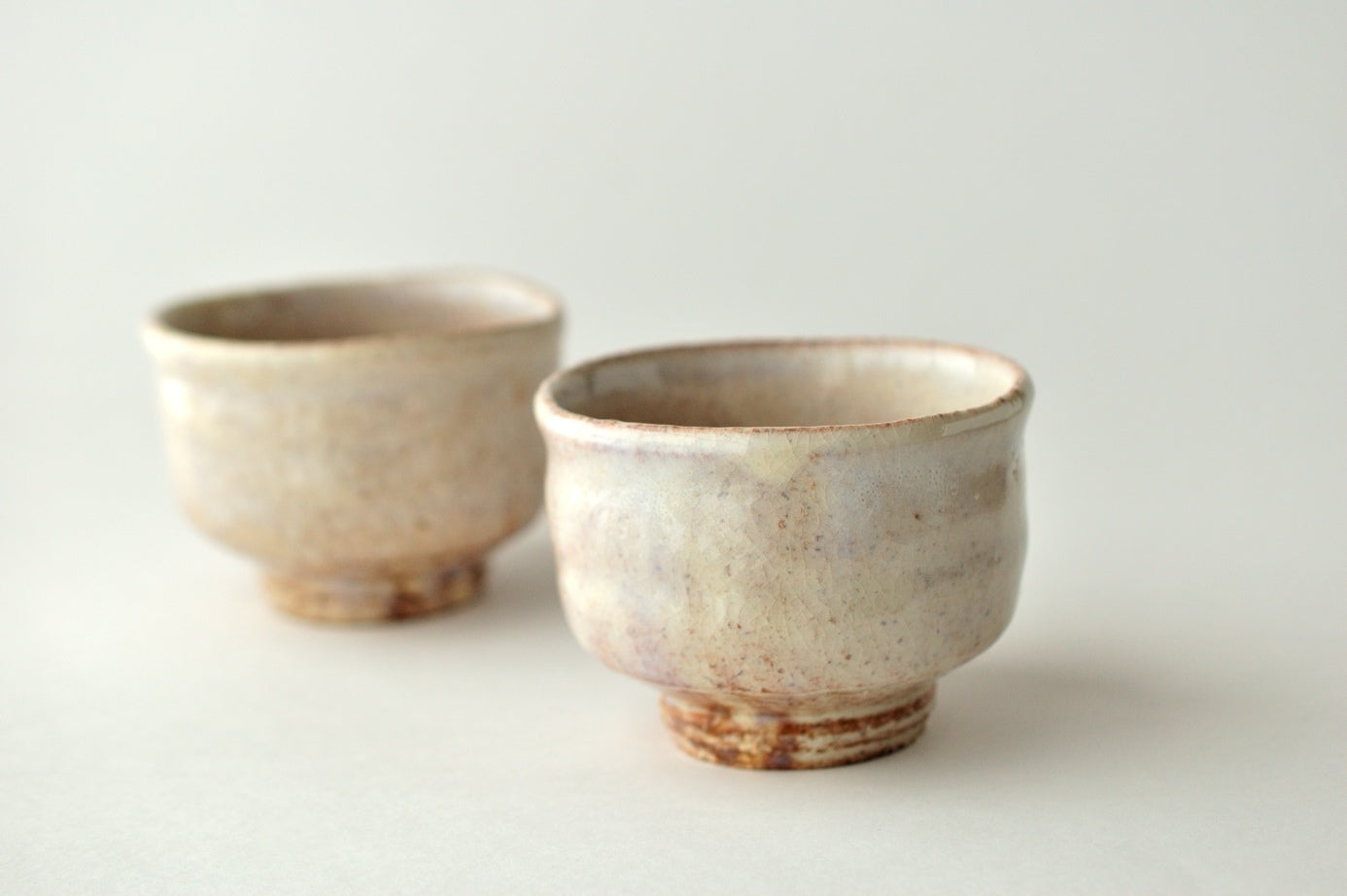
Seven great people who popularized Japanese tea | Unraveling history and culture
Introduction
Japanese tea has been deeply rooted in the hearts of Japanese people since ancient times.
When we look into the history of tea, we can see the people who devoted themselves to tea cultivation and its spread. This time, we will introduce seven great people who are indispensable to the history of Japanese tea.

Saicho (766-822)
Saicho is known as the founder of the Tendai sect in Japan.
He played an important role in the history of tea in Japan as one of the first monks to bring tea back to the country.
Hiyoshi Tea Garden, where Saicho, who returned from China in 805, brought tea seeds from Mount Tiantai and planted them in Sakamoto at the foot of Mount Hiei, is considered the birthplace of Japanese tea.
Saicho cultivated tea on Mount Hiei, but only on a limited scale. It is thought that tea was drunk only by the monks of the temple, and not by the general public.

There is a famous episode that is believed to be evidence that Saicho cultivated tea.
He sent a letter to his beloved disciple Taihan, who had gone down the mountain on his own and joined his rival Kukai (774-835), known as the founder of Shingon Buddhism, asking him to return to him, and he also sent ten jin of tea to Kukai.

Kukai (774-835)
A monk from the early Heian period, Kukai is known as the founder of Shingon Buddhism. He traveled to China with Saicho as part of the 16th Japanese mission to the Tang Dynasty and studied esoteric Buddhism in depth.
When Kukai traveled to China during the Heian period and brought back Esoteric Shingon Buddhism, he brought more than just Buddhist teachings and advanced Chinese technology to Japan.
One year after Saicho, he brought back tea seeds and a stone mill for grinding tea leaves from China, and planted the seeds on Mount Hiei. He is said to have founded the Shingon sect and presented the tea he brought from China to Emperor Saga.

Kukai's collection of poetry and prose, Seireishu, contains many poems about tea, which shows that he was a great lover of tea.
The stone mill that Kukai brought back from Tang Dynasty China is located at Butsuryuji Temple in Nara.
There were no confirmed tea fields on Mount Koya, so Kukai gave the tea seeds he brought back to his disciple Kenkei (the founder of Butsuryuji Temple) and taught him how to make tea. This is the origin of modern Yamato tea.

Nagatada (743-816)
He was a contemporary of Kukai and Saicho, but was literally a great priest who stayed in China for 30 years as a Japanese envoy to the Tang Dynasty. It is unclear when he went to China, but he returned to Japan with Saicho in 805.
The Late Japan records that when Emperor Saga visited Shiga in April 815, Nagatada personally brewed tea at Bonshakuji Temple and presented it to the Emperor. This was the first time tea was mentioned in the official records of Japanese history.
At that time, tea was very precious and only a limited number of people such as monks and the nobility could enjoy it. The method of making tea at that time was the mochi tea described in the "Cha Jing."
Emperor Saga then encouraged tea cultivation, and tea became popular among the imperial family and aristocrats.

Zen Master Eisai (1141-1215)
Eisai was a Zen monk who traveled to China during the Kamakura period, learned tea cultivation and manufacturing methods, and brought them back to Japan. His activities contributed greatly to the spread of Japanese tea ceremony and, ultimately, Japanese tea.
Eisai's greatest achievement was writing "Kissa Yojoki" (The Record of Drinking Tea), which explained the medicinal properties of tea. In this book, Eisai states that "tea is an elixir for health and a wonderful technique for prolonging life," and goes into detail about the various benefits of tea, recommending tea as a drink that is good for people's health.
Tea was especially valued among samurai as a drink that helped them to focus their minds and recover from fatigue, and tea became widespread among the samurai class in particular.

Eisai also introduced tea cultivation methods to Japan.
He planted tea seeds from Fushun-an in Hirado, Nagasaki, to the area around Reisanji Temple on Mount Seburi in Saga, and taught the cultivation, processing and drinking methods of tea. He began to cultivate higher quality tea, which was different from the wild tea that had been grown in Japan until then, and tea plantations spread all over Japan.
Furthermore, Eisai linked tea to Zen training and established the culture of the tea ceremony, which was no longer just a way to enjoy a drink but also a way to concentrate the mind and purify the heart.
In this way, Eisai can be said to have been a person who greatly changed the way tea was consumed in Japan, from tea cultivation, production methods, and effects to the culture of tea ceremony.
His work had a major impact on later Japanese tea culture and built the foundation for Japanese tea that continues to this day.

Myoe Shonin (1173-1232)
Myoe was a Kegon sect monk in the early Kamakura period who learned Zen from Eisai, who spread the culture of tea in Japan.
On that occasion, he received three tea seeds from Eisai and sowed them at Kozan-ji Temple in Toganoo, Kyoto. This is the place where tea was first cultivated in Japan and is considered to be the oldest tea plantation in Japan.
The tea grown at Takao-san Temple was spread throughout Japan by the monk Myoe.
Having studied the benefits of tea in depth, Myoe is said to have been extremely enthusiastic about promoting the popularity of Japanese tea, even recommending it to monks in their training.
Thanks to this, from the end of the Kamakura period through the Northern and Southern Courts period, tea plantations centered around temples spread further from Kyoto, and tea began to be cultivated in Ise, Iga, Suruga, and Musashi as well.

Shoichi Kokushi (1202-1280)
Shoichi Kokushi was a Rinzai sect monk in the mid-Kamakura period, and the first dignitary in Japan to be bestowed the title of "Kokushi," the highest honor for a monk.
He is famous for his achievements in the Buddhist world, including founding numerous temples, including Tofukuji Temple in Kyoto, but he is also known as the founder of Shizuoka tea.
He was born in Suruga Province (present-day Shizuoka Prefecture) and when he went to Song China to study Zen Buddhism, he brought back tea seeds and planted them in his hometown of Ashikubo and Warabino in Shizuoka Prefecture. At the time, some people in Song China were involved in medicine, and drinking tea was considered one of the ways to maintain health, and tea was highly valued as a medicine.
Later, the area upstream the Abeno River became known as an ideal place for tea growing and produced high-quality tea, so the name Honyamacha was born, as this is where the tea originated.
Shoichi Kokushi created the foundation for Shizuoka tea to become the best in Japan.

Zen Master Ingen (1592-1673)
Ingen Zenji was a high priest who came to Japan from China and founded the Obaku sect. In the mid-17th century, as Zen Buddhism in Japan was in a steady decline, he was invited to Japan with the hope of reviving Zen Buddhism.
Zen Buddhism was not the only thing that Ingen Zenji brought to Japan.
He influenced a wide range of fields, including architecture, sculpture, medicine, calligraphy, painting, writing, printing, food culture, and Obaku discipline, and his disciples also built bridges and established public libraries.
And we must not forget the kettle brewing method and the method of drinking sencha.
At the time, matcha was very expensive in Japan and common people could not easily afford it. Therefore, Ingen developed a method of making tea from leaves, which eliminated the need to powder the tea, and a method of drinking tea, which made drinking tea popular among the general public.


